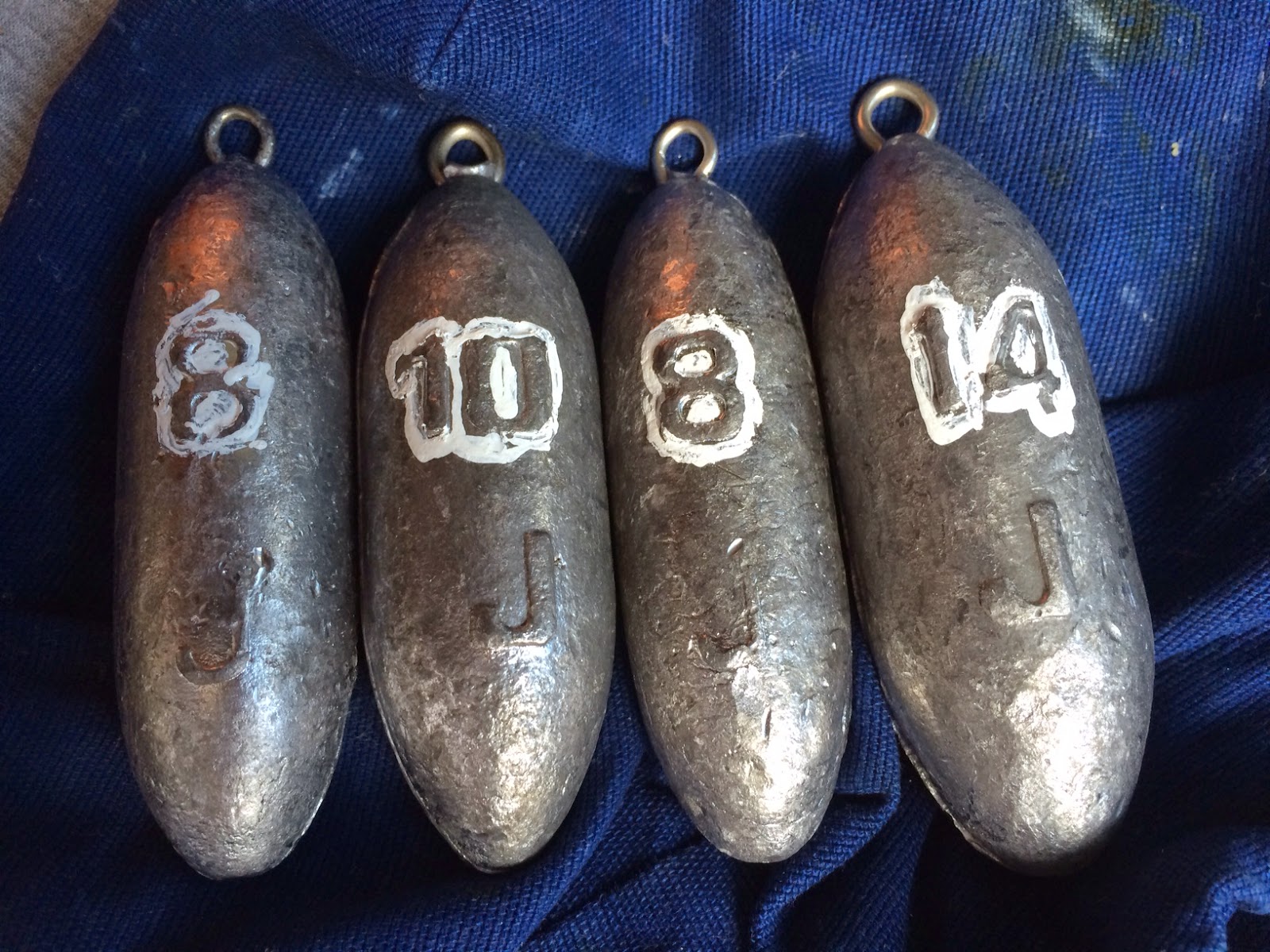I joined this trip at the last minute. Made contact with the organizer and told to expect bottom fishing with madai and prawns...... ma-prawn. I think Singapore fish are quite smart, need an 'incentive' for them to go after the madai jigs.
This was my first time on the boat charter and I was gladly surprised at how spacious the boat was. There were 7 of us fishing today and we had ample space to fish. Boatman Joe told us that we will be fishing off Sister's and St John's islands today. The day was bright and sunny but the wind was really blowing!
Low tide of 0.9m was around 1015 while high tide of 2.1m was at 1630.
The first 2 spots were super quiet with nobody getting any bites. Then we proceeded to the next spot. One of the anglers was using the slow fall jigs and was hit hard. Soon the fish showed itself by jumping out of the water. It turned out to be a large Queenfish. A few minutes later, he had the fish at the surface and was netted. It was indeed a large specimen! Around 5kg mark, we estimated.
Then I got my first bite. I was using my Shimano Lucanus orange/white 100g jig without any prawn when I felt some slight bumps. I lifted the jig slowly and let it drop again. Then the fish pulled hard on the jig as the jig was falling. Fish ON! I quickly lifted the rod and started reeling in, without pumping the rod. From past experience, pumping the rod may cause the fish to escape. I just kept the reeling constant until the fish surfaced. It was a nice Orange-Spotted Grouper weighing 1.3kg.
Another angler also caught a Grouper just before me, also about the same size. A picture of the 'twins'!
Things quieten down just around lunch time as the current became slack. The angler who was using the slow fall jig struck again, this time bringing up a decent sized Giant Trevally. Put up a good fight and was released.
After lunch, on one of the drifts, I decided to put on a prawn on my Lucanus jig as things were rather slow going. Then I had a small take. Feeling it wasn't a large fish, I just reeled in as per normal. Finally the fished surfaced and it was another Orange-Spotted Grouper. Brought it into the boat and saw how the hooks had penetrated the fish. The hook had managed to hook onto the lip but tore the lip out partially. So the hook was just dangling on torn lip with a big hole. If I had pumped and wind the rod, for sure I would have lost this fish. By doing a constant reel, I managed to maintain constant pulling pressure all the way to the boat. Phew! This reinforces the correct technique for madai fishing!
One of the anglers had an unusual catch. This octopus decided to try the ma-prawn and he managed to bring it onboard. Crawling all around the deck before he released it.!
Later in the day, I caught a few more undersized fish, a small Grouper and Arumugum which were duly released.
We called it a day and was quite happy with the catch. All Groupers were in the 1 - 1.5kg range with the standout Queenfish.
Gear used:
Rod - Eupro Salty Fighter PE0.8-2.0
Reel - Shimano Talica 8 II
Line - Fireline Tracer 40lb
Jig - Shimano Lucanus Orange/White 100g jig
Fish ID - Orange-Spotted Grouper (Epinephelus coioides)












